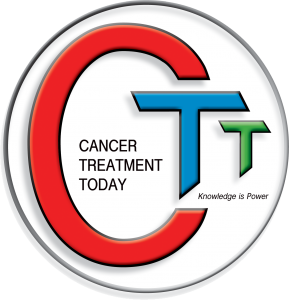AlloMax and AlloDerm – pro
Human acellular dermal matrices have gained increasing use in immediate expander-based breast reconstruction. However, some studies suggest that these grafts may be associated with a higher incidence of infection and seroma. There was a study, that had now been published: Evaluating AlloMax in Immediate Expander-Based Breast Reconstruction Study, NCT01372917. The study is a prospective multi-centered cohort study designed to determine the safety and efficacy of AlloMax in immediate expander-based breast reconstruction. Specifically, the study is designed to determine if sterility of human acellular dermal matrix results in a lower incidence of infection and seroma. The study was in 65 patients to determine if gamma radiation, as a method of terminally sterilizing human acellular dermal matrix, has a negative impact on graft incorporation into the host tissue. It concluded that sterile human acellular dermal matrix can offer reliable matrix incorporation and a low complication rate. Sterilization does not negatively impact incorporation of the graft. The infection and seroma rates in this prospective study compare favorably to those in previous studies with nonsterilized (aseptic) acellular dermal matrix.Anotehr study compared it to AlloDerma nd found the altter superior: “AlloDerm grafts had greater neovascularization, tissue infiltration, fibroblast proliferation, and inflammatory reaction than AlloMax grafts when placed subcutaneously in rats. AlloDerm may be better incorporated than AlloMax when placed in vivo.”.
The FDA has not cleared or approved any ADM product for use in breast reconstruction. The FDA’s analysis of the MROC Study data showed significantly higher major complication rates of explantation, reoperation, and infections in patients with FlexHD and AlloMax brands of ADM two years after surgery, when compared to patients who received SurgiMend or AlloDerm brands, or no ADM. This increase in complications associated with FlexHD or AlloMax was seen across multiple sites. The limitations from the MROC study and the FDA’s analysis to attribute such increase to the specific ADM brands include non-randomized study design, potential differences in institutional or surgeon practices, and different sizes of the cohorts. Additionally, the FDA analysis was limited to immediate, two-stage, under-the-muscle, implant-based reconstruction with up to two-year follow-up.
In addition, multiple peer-reviewed publications in the medical literature also suggest there are differences in safety profiles among different brands of ADM consistent with the FDA’s analysis of the MROC Study data 3-6. Additional clinical data are needed to better assess the benefits and risks of ADMs used in implant-based breast reconstruction.
Margulies IG, Salzberg CA. The use of acellular dermal matrix in breast reconstruction: evolution of techniques over 2 decades. Gland Surg. 2019 Feb;8(1):3-10.
Sanjay Warrier, Chu Luan Nguyen, Neshanth Easwaralingam, Acellular dermal matrices in breast reconstruction: a narrative review and institutional perspective. Annals of Breast Surgery Vol 5 (June 30, 2021)
K. Petrie et al, linical applications of acellular dermal matrices: A review. https://journals.sagepub.com/doi/10.1177/20595131211038313, 2022
Chauviere MV, Schutter RJ, Steigelman MB, Clark BZ, Grayson JK, Sahar DE. Comparison of AlloDerm and AlloMax tissue incorporation in rats. Ann Plast Surg. 2014 Sep;73(3):282-5.
